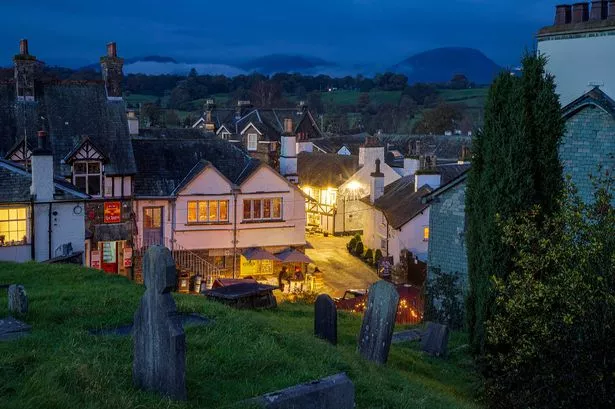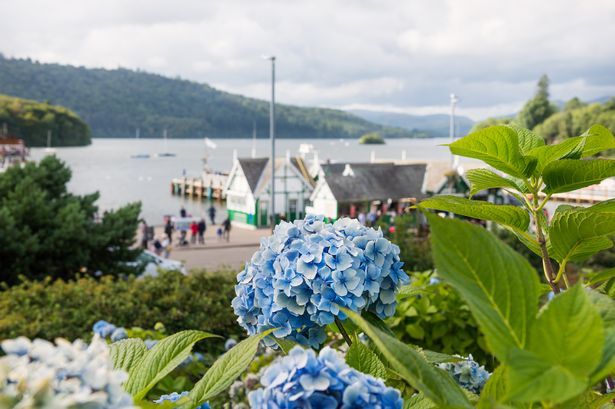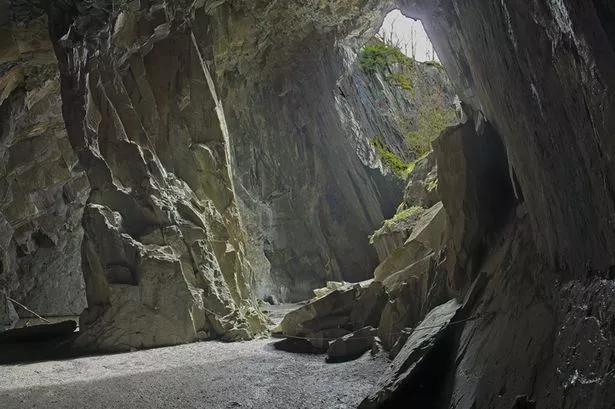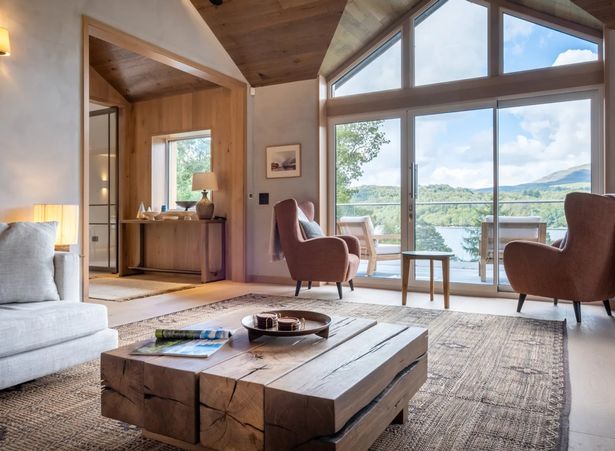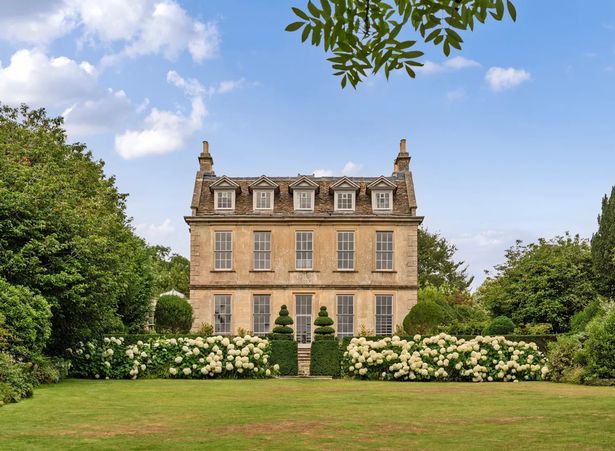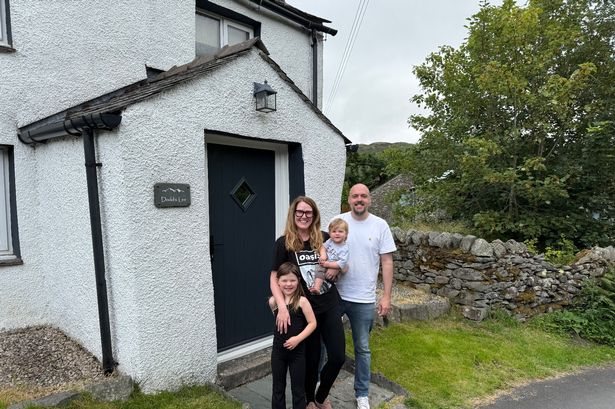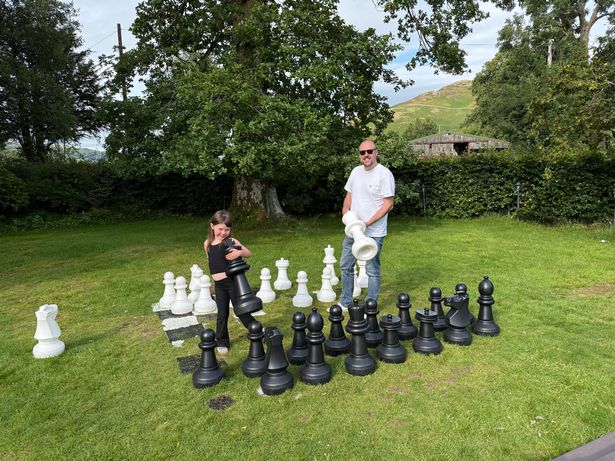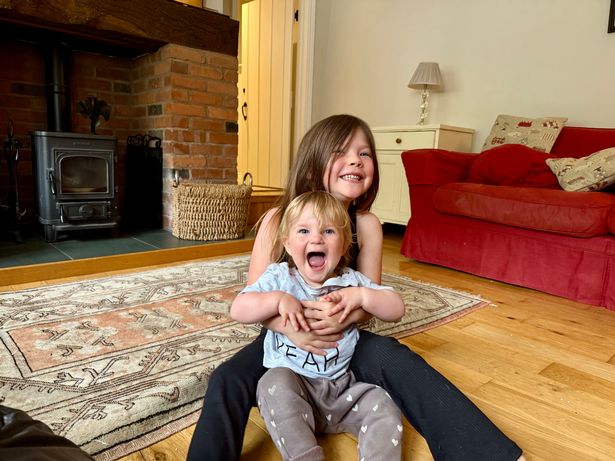Hawkshead in the Lake District is a picturesque village that feels as if it has been frozen in time, with cobbled streets, whitewashed cottages, and the absence of cars on many of its pretty lanes
There’s a stunning village tucked away in the Lake District that transports visitors straight back in time.
Hawkshead, situated in the heart of the National Park, provides a charming window into days gone by. With its cobblestone pathways, whitewashed homes, and vehicle-free lanes, the village appears completely untouched by modern life.
Beatrix Potter remains the village’s most celebrated resident and one of its greatest champions. The Tale of Peter Rabbit writer purchased vast expanses of countryside surrounding Hawkshead after developing feelings for solicitor William Heelis, whom she encountered in the village and subsequently wed, reports the Express.
Potter’s fierce dedication to preserving the countryside, as a distinguished member of the agricultural community, led her to collaborate with the National Trust to maintain the picturesque landscape in its natural state. She wasn’t the sole writer to discover creative fuel in Hawkshead.
READ MORE: Beautiful city 20 minutes from London with 1,000-year-old market and oldest pubs — not OxfordREAD MORE: The seaside town where residents left overnight and never came back
“His experiences in and around Hawkshead, where William and Richard Wordsworth began attending school in 1779, would also provide the poet with a store of images and sensory experience that he would continue to draw on throughout his poetic career,” writes the Poetry Foundation.
It’s hardly surprising that Potter and the poet laureate drew such creative inspiration from Hawkshead, which boasts a modest population of just 500 residents.
Hawkshead’s car-free village centre, featuring its winding lanes and passages, remains completely protected from motor traffic. Nestled amidst breathtaking natural landscapes, Hawkshead serves as an ideal hub for outdoor enthusiasts.
With a plethora of hiking trails, cycling routes, and water activities in nearby lakes such as Windermere and Coniston, there’s something for everyone, from seasoned hill walkers to those who prefer a leisurely stroll. The local fells offer both accessible paths and more challenging hikes.
Among the popular walks are the sculpture trail through the neighbouring Grizedale Forest and the route to Tarn Hows, one of the most cherished beauty spots in the entire Lake District.
After working up an appetite, you can quench your thirst and satisfy your hunger at one of the village’s four quaint country pubs, including The Queen’s Head. This dog-friendly inn has been welcoming guests since the 17th century with its roaring fires, cask ales, award-winning food, and overnight accommodation.
On a sunny day, what could be more delightful than savouring an ice cream while meandering through the village’s charming streets or pausing for a cuppa and homemade cake at a traditional tearoom?
You can even take a piece of Hawkshead back home with you, in the form of jams and chutneys from Hawkshead Relish, or some Grasmere Gingerbread. The renowned bakery has its only shop outside of Grasmere in the village.
The tranquil pace, picturesque scenery, and rows of unaltered, listed houses in Hawkshead have made it a firm favourite among visitors.
Local resident Ruth, writing for Lakeland Hideaways, describes the charm of her town: “The higgledy-piggledy cobbled streets lead you to village shops, bakeries, cafes and boutiques. Cars are banned from the village which makes this a particularly nice place to wander about and soak up the Cumbrian culture”.
She proudly adds, “Our village has been described as the ‘prettiest village in the Lake District’.”
Long-time visitor Clive Wheat shares his fond memories: “When I think of the Lakes I think of Hawkshead. I have been visiting this village for over forty-five years and even stayed here on our honeymoon. It’s always a pleasure to revisit this wonderful Lake District village.”
In its guide to the town, Choose Where paints a nostalgic picture: “Hawkshead feels like a step back into a quieter, more romantic version of England.”
They continue, “Hawkshead is worth visiting for its unspoilt character, literary heritage, and position as a gateway to some of the Lake District’s loveliest countryside. Unlike some Lake District towns that have been heavily modernised, Hawkshead retains its medieval street plan and historic charm, with car-free lanes winding past ancient buildings.”
Nestled between Coniston and Windermere, the village centre is car-free, but there is a large pay-and-display car park on the outskirts. Public transport options, including the 505 Stagecoach bus service, connect Hawkshead with nearby towns like Ambleside, Coniston, and Windermere.
